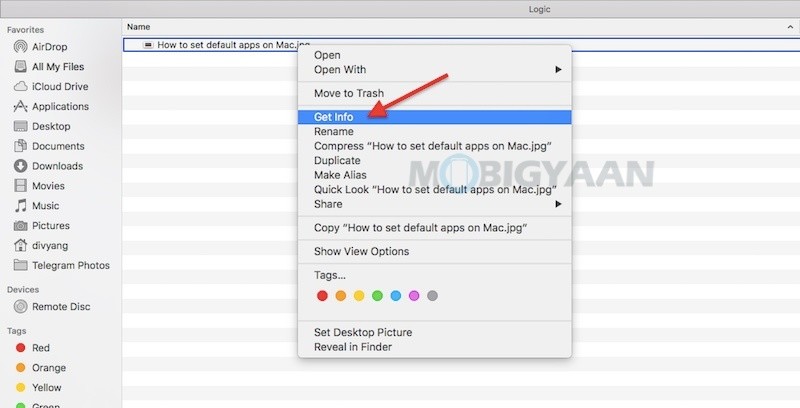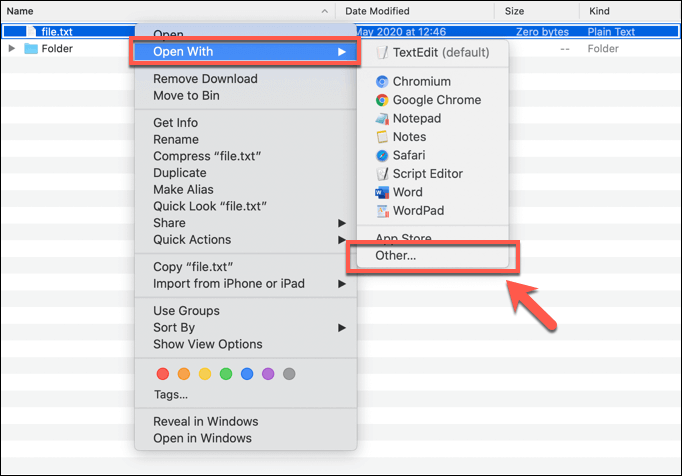
- #HOW CAN I CHANGE DEFAULT PROGRAM FOR EXTENSION ON MAC HOW TO#
- #HOW CAN I CHANGE DEFAULT PROGRAM FOR EXTENSION ON MAC PDF#
- #HOW CAN I CHANGE DEFAULT PROGRAM FOR EXTENSION ON MAC PORTABLE#
We won’t dive too much more into this here, but if you’re interested in learning more, check out our guide to why Linux and macOS don’t need file extensions. Since file extensions aren’t really required on macOS or Linux, you could very well have a valid file with no extension, but the OS could still open the file with the right program because of the file information contained in the file header. Delete that extension, and Windows won’t know what to do with the file anymore.

Windows knows that a file named readme.txt is a text file because of that TXT file extension, and it knows to open it with your default text editor. So, we talked about how Windows uses file extensions to know what type of file it’s dealing with, and what app to use when you open the file.
#HOW CAN I CHANGE DEFAULT PROGRAM FOR EXTENSION ON MAC HOW TO#
RELATED: How to Show All Filename Extensions on a Mac How Do macOS And Linux Use File Extensions? With Finder open, just head to Finder > Preferences > Advanced, and then enable the “Show all filename extensions” check box. You can make your Mac shows file extensions, though, and it’s probably not a bad idea to do so. The reason for this is that macOS doesn’t really use extensions the same way that Windows does (and we’ll talk about that more in the next section). RELATED: How to Make Windows Show File Extensionsįile extensions do not show up on Macs by default. In the Folder Options window, on the “View” tab, uncheck the “Hide extensions for known file types” box. In any File Explorer window, just head to View > Options > Change folder and search options. If file extensions are not showing for you in Windows, they’re easy enough to turn back on.
#HOW CAN I CHANGE DEFAULT PROGRAM FOR EXTENSION ON MAC PDF#
Without file extensions showing, it can be hard to tell whether that PDF file you’re looking at (for example) is really a PDF file and not some malicious executable file. We say fortunately because we feel showing file extensions is not only more helpful but more secure. For a while-in Windows 7, 8, and even 10-this was not true, but fortunately, they changed the default settings. RELATED: 50+ File Extensions That Are Potentially Dangerous on Windows What If I Don’t See File Extensions on My Files?īy default, Windows shows file extensions. Play it safe and don’t open files unless they come from a trusted source.

Typically, these are executable files that can run certain types of code when you try to open them.

It’s also important to be aware that there are file types out there that are inherently risky, and could be dangerous. EXE: An executable format used for programs you can run.Īnd like we said, this is just a smattering of the file extensions out there.
#HOW CAN I CHANGE DEFAULT PROGRAM FOR EXTENSION ON MAC PORTABLE#



 0 kommentar(er)
0 kommentar(er)
